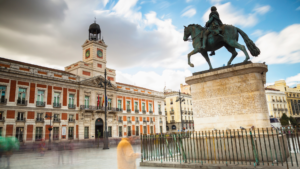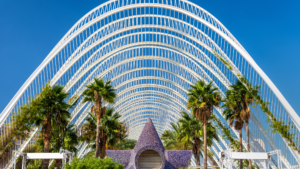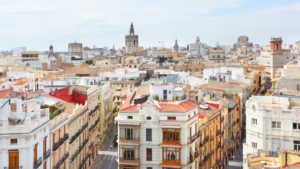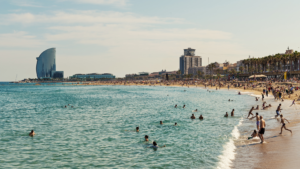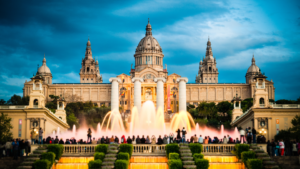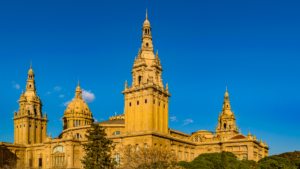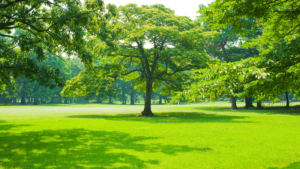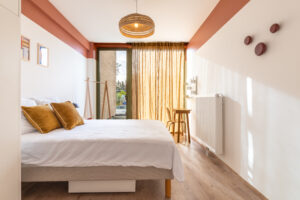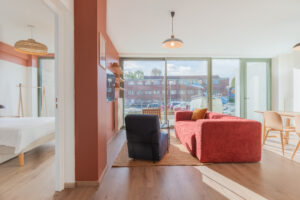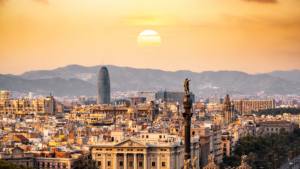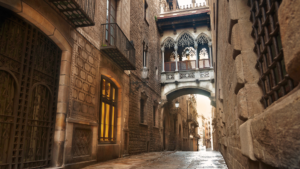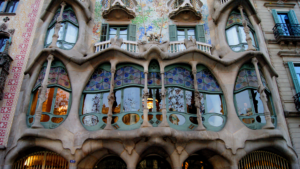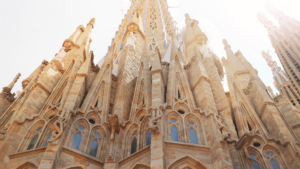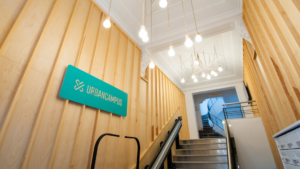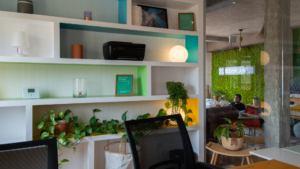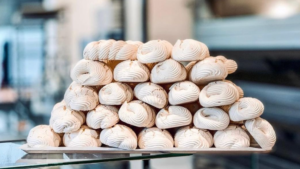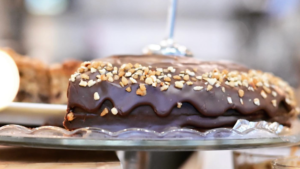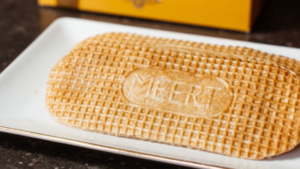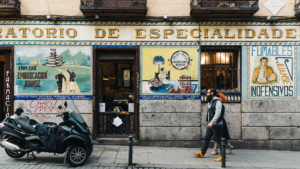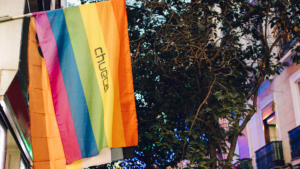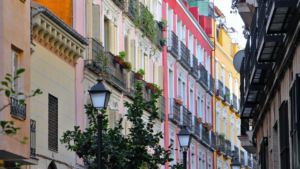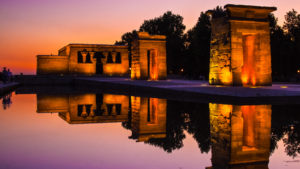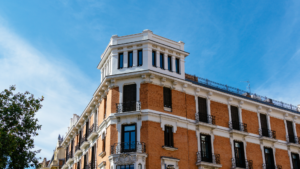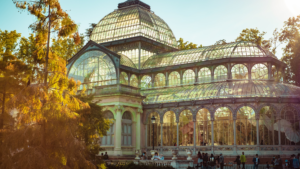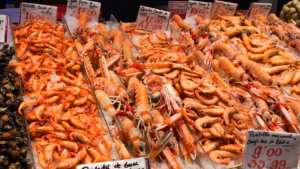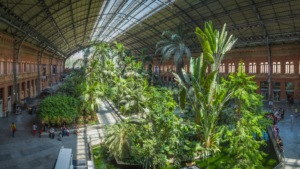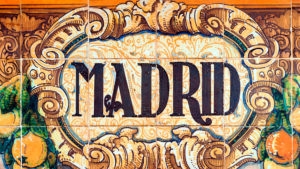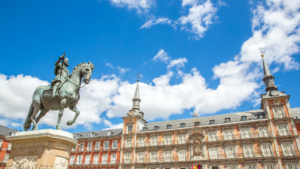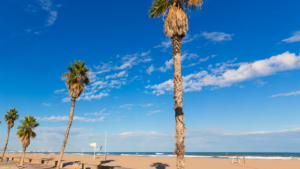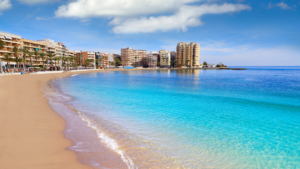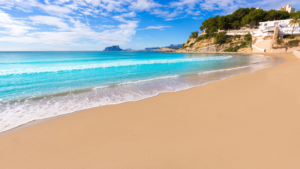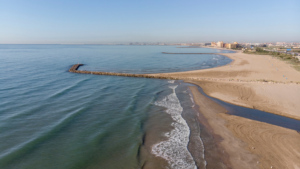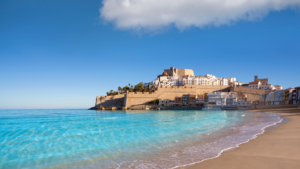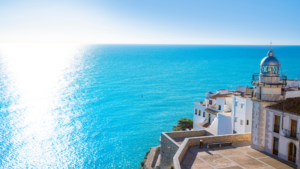The Olympics are almost here!
Can you believe the time has come again for the Olympics? Parisian leaders have been preparing tirelessly to host the most respected athletes from across the globe for the upcoming Paris Summer Olympics 2024. As anticipation builds, the city is set to burst into a spectacle of speed, strength, and spirit.
Are you ready to watch history be made?
Paris Summer Olympics 2024: What Sports Will Be Competing?

A wide variety of sports will grace the Paris Summer Olympics 2024. Fans can look forward to thrilling competitions in gymnastics, swimming, track and field, and much more. Newer sports like skateboarding and sport climbing will also be featured, showcasing the evolving landscape of Olympic competition.
Paris Summer Olympics 2024: Top Athletes

The games will spotlight world-class athletes, each with compelling stories and impressive skills. Fans worldwide are eager to witness these top competitors push the limits of their sports on the grand world stage.
Fan Favorite #1: Simone Biles (USA), Gymnastics
Simone Biles, a gymnastics legend from the United States, is not just a four-time Olympic gold medalist but also a beacon of resilience and skill. Throughout her career, she has won a remarkable 32 combined total of Olympic and World Championship medals. She is the most decorated gymnast in history.
Simone Biles has pushed the boundaries of gymnastics, performing tricks so advanced that they were once deemed too risky for competition. She even has multiple skills named after her, including the “Biles” on the floor exercise and the “Biles II” on the balance beam.
Simone’s Struggle with “The Twisties”
Simone’s journey to the Paris Summer Olympics 2024 follows a brave battle with the “twisties” during the Tokyo 2020 Olympics, where she prioritized her mental well-being over competition. The twisties are a phenomenon that can occur in gymnastics where athletes lose their sense of orientation or mid-air awareness in the air. This disorientation makes it extremely difficult and dangerous to land safely.
If you want to follow along her journey, her Netflix documentary “Simone Biles: Rising” has been praised for highlighting her struggles and triumphs.
Fan Favorite #2: Caeleb Dressel (USA)
Caeleb Dressel, a phenomenal swimmer from the United States, enters the Paris Summer Olympics 2024 as one of the most anticipated athletes in the pool. Known for his explosive speed and versatility, Dressel has earned seven Olympic gold medals and holds world records in several events, including the 100-meter butterfly. His incredible performances at the Tokyo 2020 Olympics set high expectations for his races in Paris, where he aims to further cement his legacy.
Fan Favorite #3: Armand Duplantis (Sweden)
Armand Duplantis or “Mondo”, a pole vaulter from Sweden, has redefined the limits of his sport. At just 23 years old, Duplantis is the current world record holder and a gold medalist from the Tokyo 2020 Olympics. His ability to consistently clear heights above six meters has made him a fan favorite and an impressive competitor. With his eye set on breaking his own records, Duplantis will be one of the most thrilling athletes to watch.
Fan Favorite #4: Yuto Horigome (Japan)
Yuto Horigome made history at the Tokyo 2020 Olympics by winning the first-ever Olympic gold medal in men’s street skateboarding. Hailing from Tokyo, Japan, Horigome’s victory was a landmark moment for the sport and his country. Known for his technical precision and out-of-the-box tricks, Yuto has dominated the skateboarding scene with multiple X Games medals. As skateboarding continues to grow in popularity worldwide, all eyes will be on Yuto to see if he can defend his title at the Paris Summer Olympics 2024.
The Schedule for Paris Summer Olympics 2024

The Paris Summer Olympics 2024 will run from July 26 to August 11, 2024. Here is a brief outline of the schedule.
- July 24-25: Preliminary events before the Opening Ceremony, including Rugby and Football (Soccer).
- July 26: Opening Ceremony
- July 27-August 11: Main Competitions
- August 11: Closing Ceremony
The Schedule for Fan Favorite Events
Gymnastics:
- Artistic Gymnastics: July 27 – August 5, 2024
- Rhythmic Gymnastics: August 8 – 10, 2024
- Trampoline Gymnastics: August 2 – 3, 2024
Triathlon:
- Individual events: July 30 (Men), July 31 (Women)
- Mixed Relay: August 5, 2024
Swimming:
- Pool Events: July 27 – August 4, 2024
- Open Water Swimming: August 8 – 9, 2024
Cycling:
- Road Cycling: July 27 (Men’s Road Race), July 28 (Women’s Road Race), August 3 (Time Trials)
- Track Cycling: August 5 – 11, 2024
- Mountain Biking: July 30 (Men’s and Women’s Cross-Country)
- BMX Racing: August 1 – 2, 2024
- BMX Freestyle: July 30 – 31, 2024
Skateboarding:
- Street: July 27 – 28, 2024
- Park: August 6 – 7, 2024
Swimming Competition in the Seine
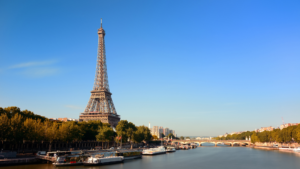
Would you swim in the Seine River?
The plan to hold swimming competitions in the Seine during the Paris Summer Olympics 2024 has sparked significant controversy. These events include both the open water swimming competition and the swimming segments of the triathlon. While this initiative is part of a broader effort to clean up the river, concerns remain about the water quality and safety.
The Mission to Cleanup the Seine
Historically, the Seine River has suffered from severe pollution, making it unsafe for recreational activities, including swimming. To address this, Paris officials launched an ambitious cleanup campaign as a critical part of the city’s Olympic preparations. The project involved a substantial financial investment of €1.4 billion aimed at improving water quality and environmental conditions. The goal was to ensure the river could safely host Olympic events and become a swimmable resource for the public in the future.
Is the Seine Really Swimmable?
In a symbolic gesture to demonstrate the success of the cleanup efforts, Paris Mayor Anne Hidalgo famously swam in the Seine on July 17, 2024. This event was intended to reassure the public about the river’s safety. However, skepticism remains high among Parisians and environmental groups. These doubts have fueled rumored protests, highlighting the ongoing debate about the effectiveness and transparency of the cleanup efforts.
A Brief Recap of the Tokyo Olympics

The Tokyo 2020 Summer Olympics, held in 2021 due to the global pandemic, were marked by unprecedented challenges and a unique atmosphere. The games lacked the traditional pomp and circumstance, with many events taking place without spectators. Let’s revisit some key winners and memorable highlights from Tokyo:
- Simone Biles’ Courageous Withdrawal: Simone Biles, the U.S. gymnastics superstar, withdrew from several events to focus on her mental health, sparking a global conversation about the pressures faced by elite athletes.
- Caeleb Dressel’s Dominance in Swimming: American swimmer Caeleb Dressel won five gold medals, solidifying his status as one of the sport’s greatest.
- Sifan Hassan’s Triple Medal Feat: Dutch runner Sifan Hassan achieved an extraordinary feat by winning gold in the women’s 5000m and 10,000m, and bronze in the 1500m.
- Neeraj Chopra’s Historic Gold for India: Neeraj Chopra won India’s first-ever Olympic gold medal in athletics by triumphing in the men’s javelin throw.
- Skateboarding Debut: Skateboarding made its Olympic debut, with young athletes like Japan’s Momiji Nishiya and Yuto Horigome capturing gold and showcasing the sport’s future.
The Paris 2024 Olympics are set to be the first “normal” Olympics since the pandemic, promising to bring back the full spirit and excitement of the games.
Best Ways to Enjoy the Olympics

The excitement of the Paris Summer Olympics 2024 can be experienced in various ways, whether you plan to watch in person or from the comfort of your home. Here are some of the best ways to enjoy the games:
- Attend Live Events: If you’re in Paris, attending the events live is an unmatched experience. You can purchase tickets from the official Paris 2024 Olympics website.
- Television Broadcasts: Major networks such as NBC in the United States, BBC in the UK, RTVE in Spain, and France Télévisions in France will provide extensive coverage. Check your local listings for schedules to catch all the live action and highlights.
- Streaming Services: Many events will be available for streaming on platforms like Peacock (USA), BBC iPlayer (UK), RTVE Play (Spain), and France TV Sport (France). These platforms often offer live streams and replays, so you can watch events at your convenience.
- Olympic Apps and Websites: The official Olympics website and mobile app will provide live updates, schedules, and highlights. For comprehensive coverage, visit the official Olympic website.
- Social Media: Follow the Olympics on social media platforms like Twitter, Instagram, and Facebook for real-time updates, behind-the-scenes content, and interactions with fans and athletes.
Looking for a place to live in Paris?
- We’ve got apartments for rent!
Photo Credits:
- All photos used through Canva Free Media License




